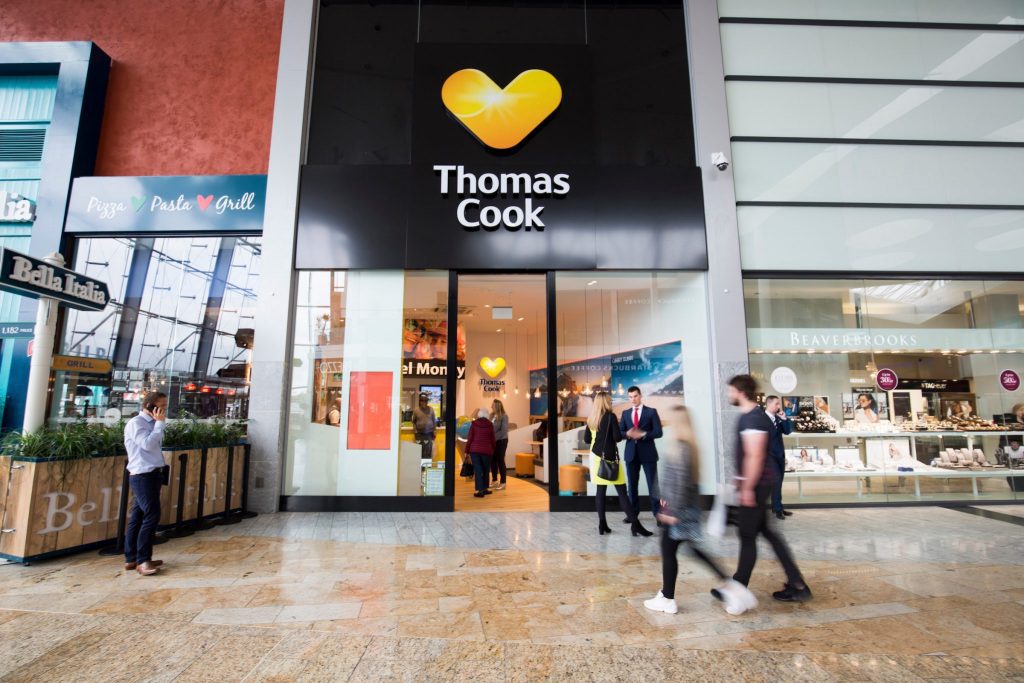Debt, Egos and Bad Decisions: How Thomas Cook Failed to Adapt to a New Era of Travel

Skift Take
Thomas Cook's collapse was a disaster played out in slow motion. An ill-fated acquisition spree, a bloated retail footprint, and a commoditized product left it unable to deal with changes in consumer behavior and economic shocks.
On March 1, 2013, Thomas Cook announced the formation of a new digital advisory board to help management identify “the leading-edge trends for online businesses”.
It included a number of Thomas Cook’s senior leadership team, including the then-CEO Harriet Green, who now works at IBM, as well as a selection of outside digital gurus who could help an old-fashioned tour operator adapt to the new reality of travel retail.
It was the latest attempt to reboot a company struggling to adapt, and like so many previous efforts, it failed. That was partly because of Thomas Cook’s lack of cash and partly because of internal disputes. The initiative was quietly shelved a couple of years later, by which point Green had moved onto other things.
The episode was a telling anecdote that may have been an early signal of what lay ahead for Thomas Cook. The company made history last week when it collapsed into liquidation after being a fixture in travel for nearly two centuries. The news set off ripple effects across the travel industry worldwide.
As it turns out, the signs of trouble were around for years. John Straw was chairman of that earlier digital advisory board, and now serves as a senior advisor to McKinsey. When he came into the business, it was clear that it hadn't worked out how to organize sales across its different platforms with the online and physical retail businesses, effectively treated as two separate entities with different profit and loss statements.
“Retail felt that e-commerce was taking sales from it and e-commerce felt their job was to actually expand market share. But retail didn't get that. So we had quite a bit of a political problem that actually retail didn't want to cooperate with digital,” he told Skift.
Green managed to get the two working together, but according to Straw, Thomas Cook’s problems ran much deeper, with no customer relationship management software in place to track customers and a “decades old” IT system, that used a programming language developed in the 1950s.
It was clear that to change things and help Thomas Cook compete with its younger and nimbler travel rivals, the business was going to need both time and money but as with many listed companies, short-term thinking ruled.
Green's approach faced some criticism from within the travel industry for her use of management consultants and for simply cutting back the business through sales, without replacing it with anything else.
“
